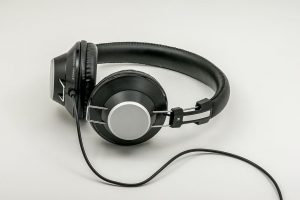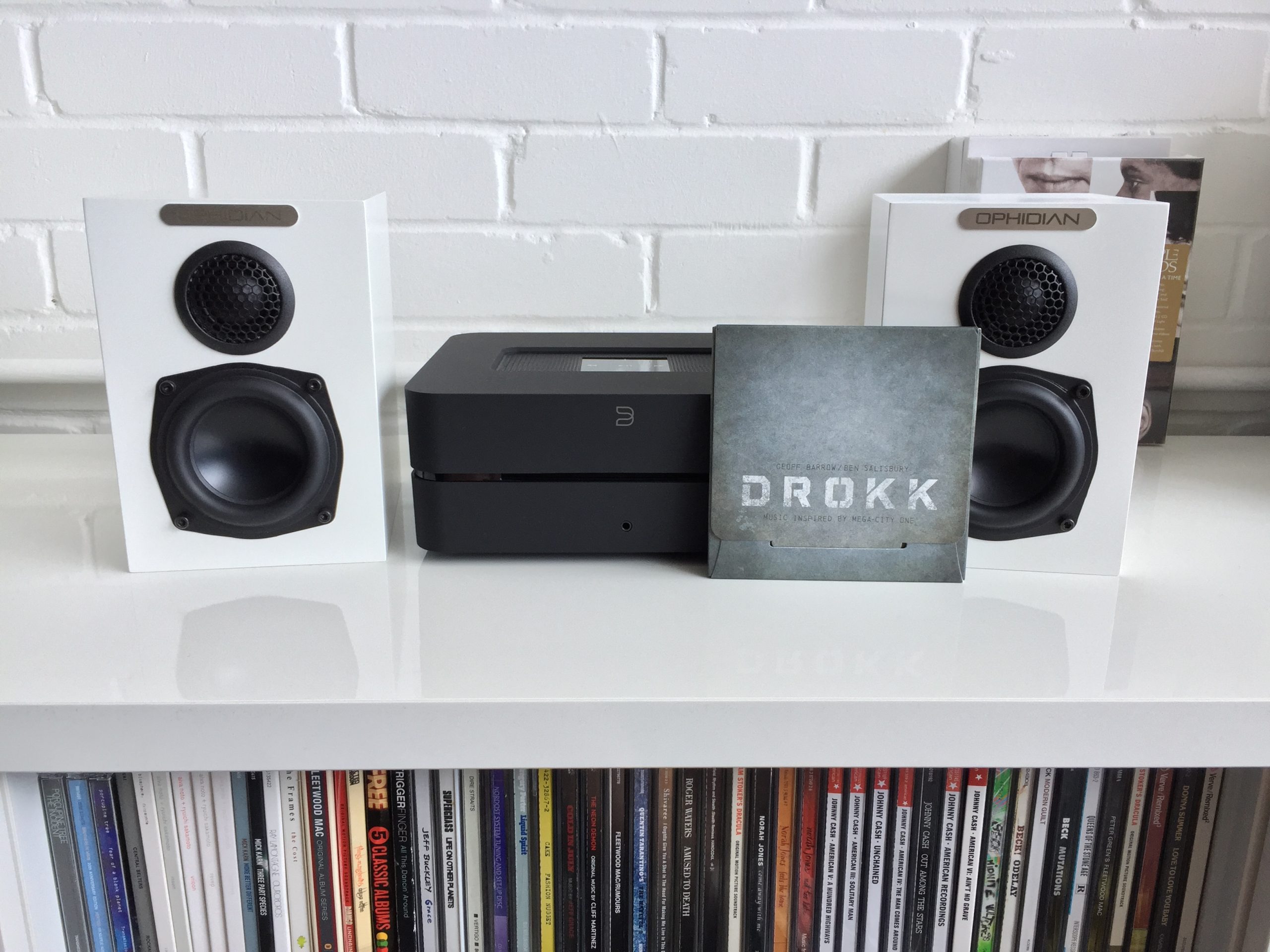Sounds are like smells – you might get used to bad ones but you never regret upgrading. Maybe you have recently found a gaping hole in your music or podcast listening setup – you do not have noise-canceling headphones to tune out the toddlers or you are trying to make your speakers sound better in your living room. Whatever your problem is, we have got you covered. Here are a few tips for upgrading your home audio.
Check Your Streaming Settings

It is commonly found that the settings for streaming are not set on the highest possible audio quality.
Enter your music streaming app’s settings menu and make sure you set audio to high quality. Apple Music, Spotify and YouTube Music make the music quality settings easy to find. You can download your favorite playlists and albums if your home Wi-Fi cannot handle the higher bitrate stream.
Speaker Location Is Everything
Bass loves to hide in corners, so try to set up your speakers far from them – ideally in the middle of a wall. If you wonder where to place them relative to your usual listening position, keep this in mind: the ideal stereo image (big, wide, live-sounding audio) comes when your head forms an equilateral triangle with the two speakers. Also, do your best to make sure the tweeters (the smaller round drivers that put out the high notes on most speakers) are as close to ear-level as possible because higher-end sounds are affected by direction the most.
Move Your Furniture to Deflect Sound
Your own room is one of the most important aspects of a speaker’s sound. Just like a terrible singer with a fantastic microphone, if you put an amazing pair of speakers in a terrible room, you will have horrible sound.
Most rooms have similar problems: they are a bit too reflective or a bit too bass-heavy. Flat walls and corners are, by and large, the main culprits. Sound is a wave and if that wave ricochets straight back off a wall, it can interfere and cancel out other waves coming at it, making for weird frequency dead zones in your room.
Try putting a chair or other dense furniture in the corners. Also, consider placing a bookshelf or other irregular furniture on the far wall that faces your speakers – where the sound reflects back into the speakers – so that the different sizes and shapes of books on the shelf bounce sound waves in different directions.
If You Want to Go Pro
This tip is not quite free but it can be cheap. If you want to get fancy and make a dedicated listening room, look for proper sound treatment materials. Do not buy those weird foam squares you see on Amazon, they will not work very well. The foam absorbs broad-spectrum sound waves but the mid and low frequencies go nuts.
Instead, snap some rock wool insulation and some fabric to make your own panels that control echo and reverberation in a room. Be sure to place them in corners and at reflection points and you will notice wildly improved sound.
Get a Digital-to-Analog Converter
The sound card in your computer is fine but there is a significant difference in sound quality when you plug in a dedicated digital-to-analog converter.
Unless you are rocking a really nice system, you do not have to spend more than about $500 for one. That said, you probably will not find a good converter for less than $100.
Try Some Studio Headphones

There are a ton of amazing, expensive audiophile headphones but you will find the best value in studio headphones (headphones designed for audio producers). They are not the flashiest but they sound good for the money and are super durable.
You can find great studio headphones in the $100 to $200 range, all of which sound excellent. Studio headphones also last longer than many models with ear pads and cables that are often easy and affordable to replace.
Get a Soundbar
An affordable soundbar can be a massive upgrade to your home TV and film viewing experience. Many modern soundbars, especially those with separate subwoofers and surround speakers, sound as good as comparably priced systems with dedicated speakers and traditional A/V receivers.
You do not have to spend a lot for a noticeable upgrade from regular TV speakers, though. Unless you are still rocking a monstrosity from the 90s, there is a 99% chance your TV speakers sound way worse than a $90 soundbar.
Let us know in the comment section if you are planning on upgrading your home audio.


One reply on “How to Upgrade Your Home Audio”
[…] of the standard components of a stereo system are combined into a pair of active speakers. The amplifier is incorporated within the speaker and tuned to deliver the greatest sound quality possible for […]